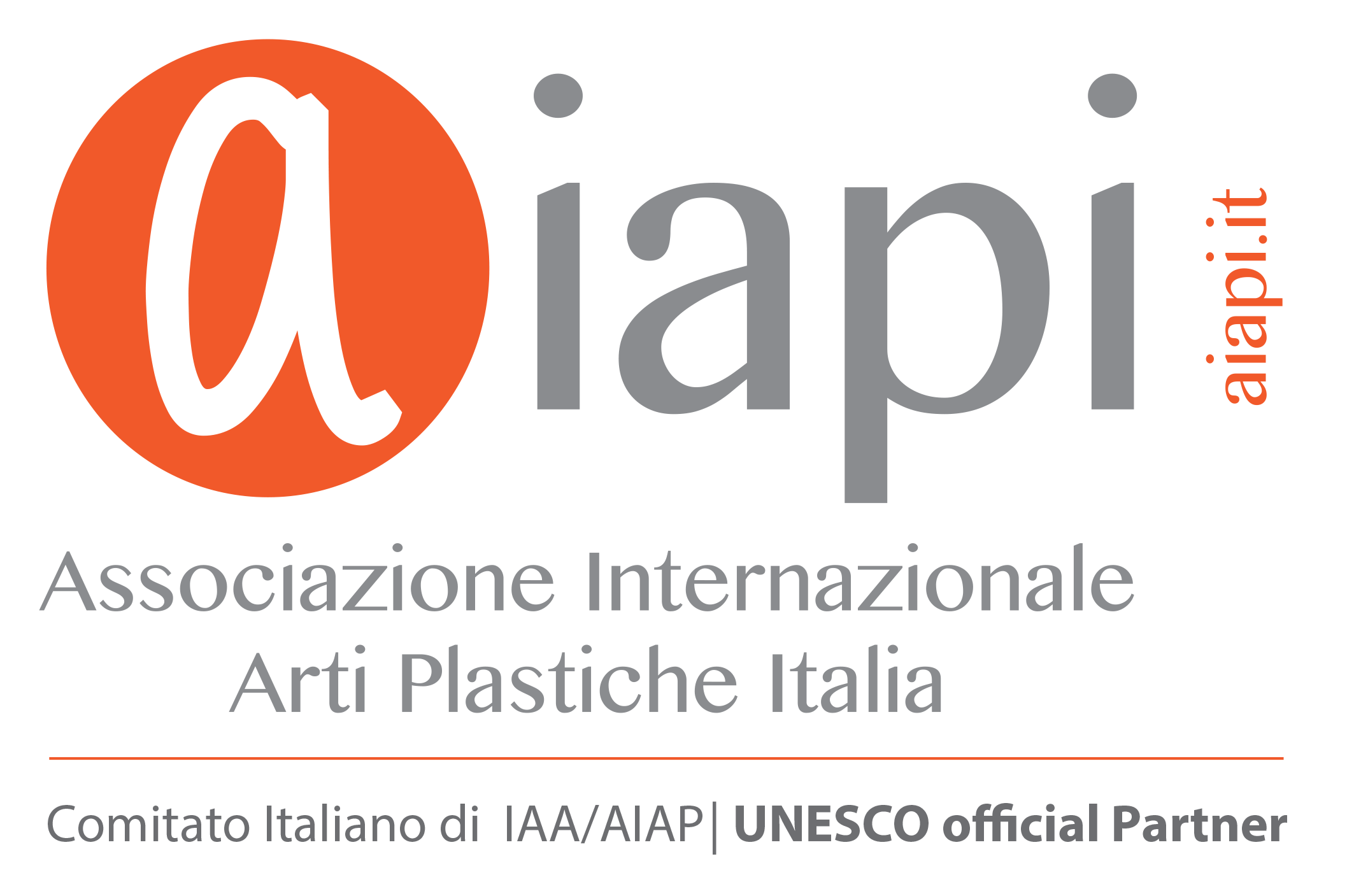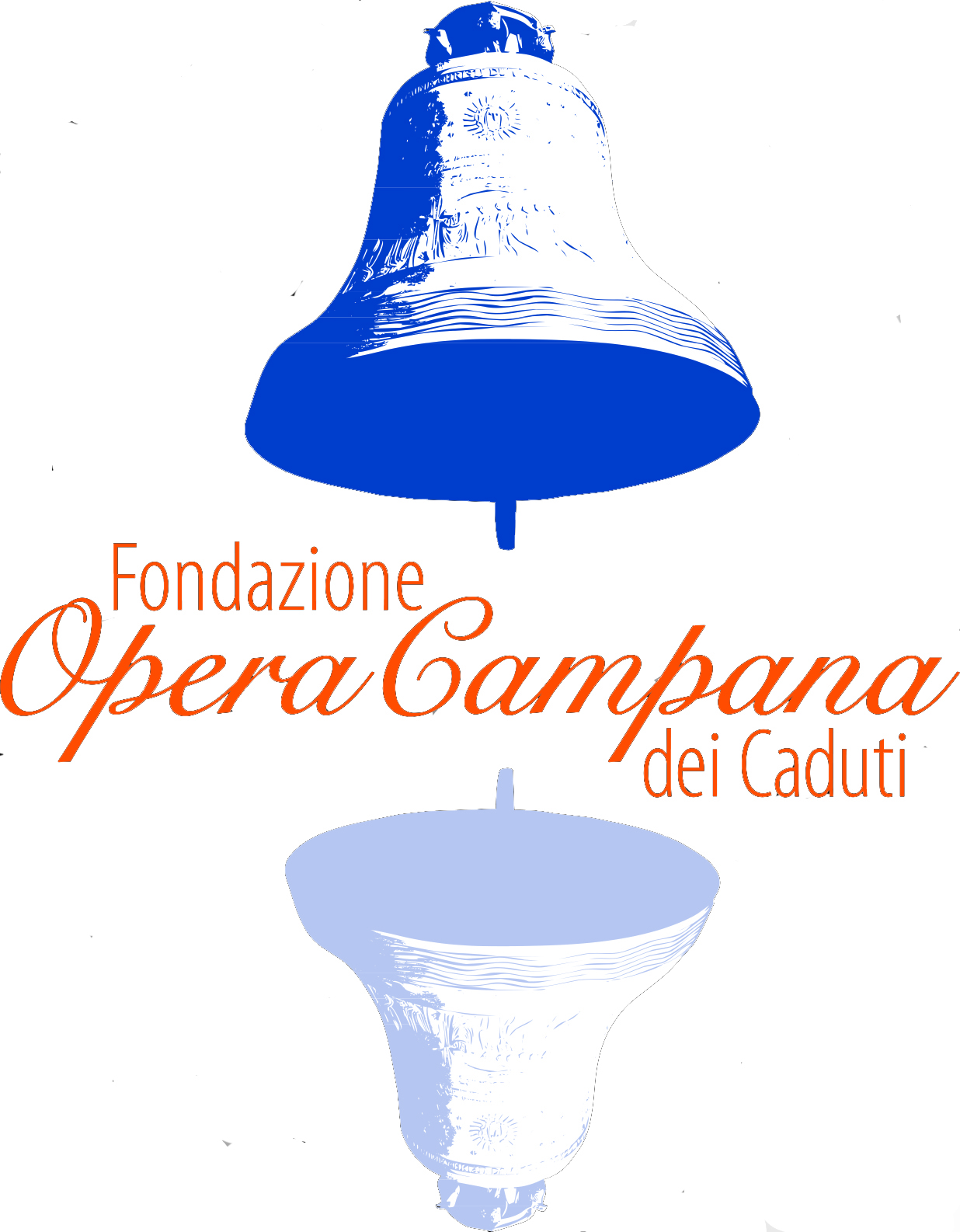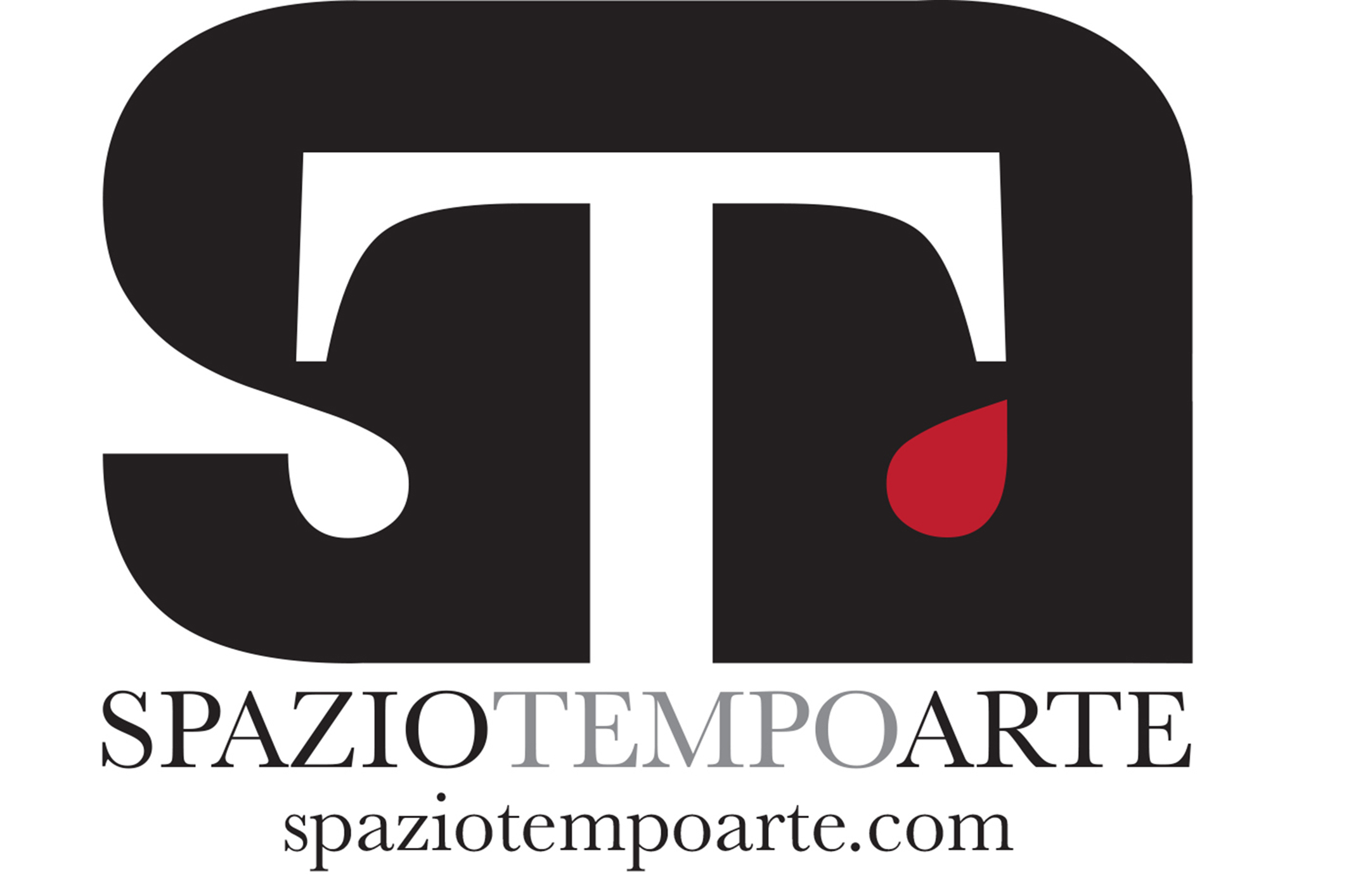Click per la Versione Italiana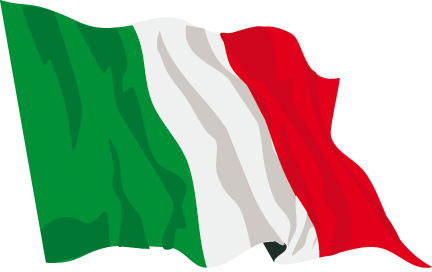
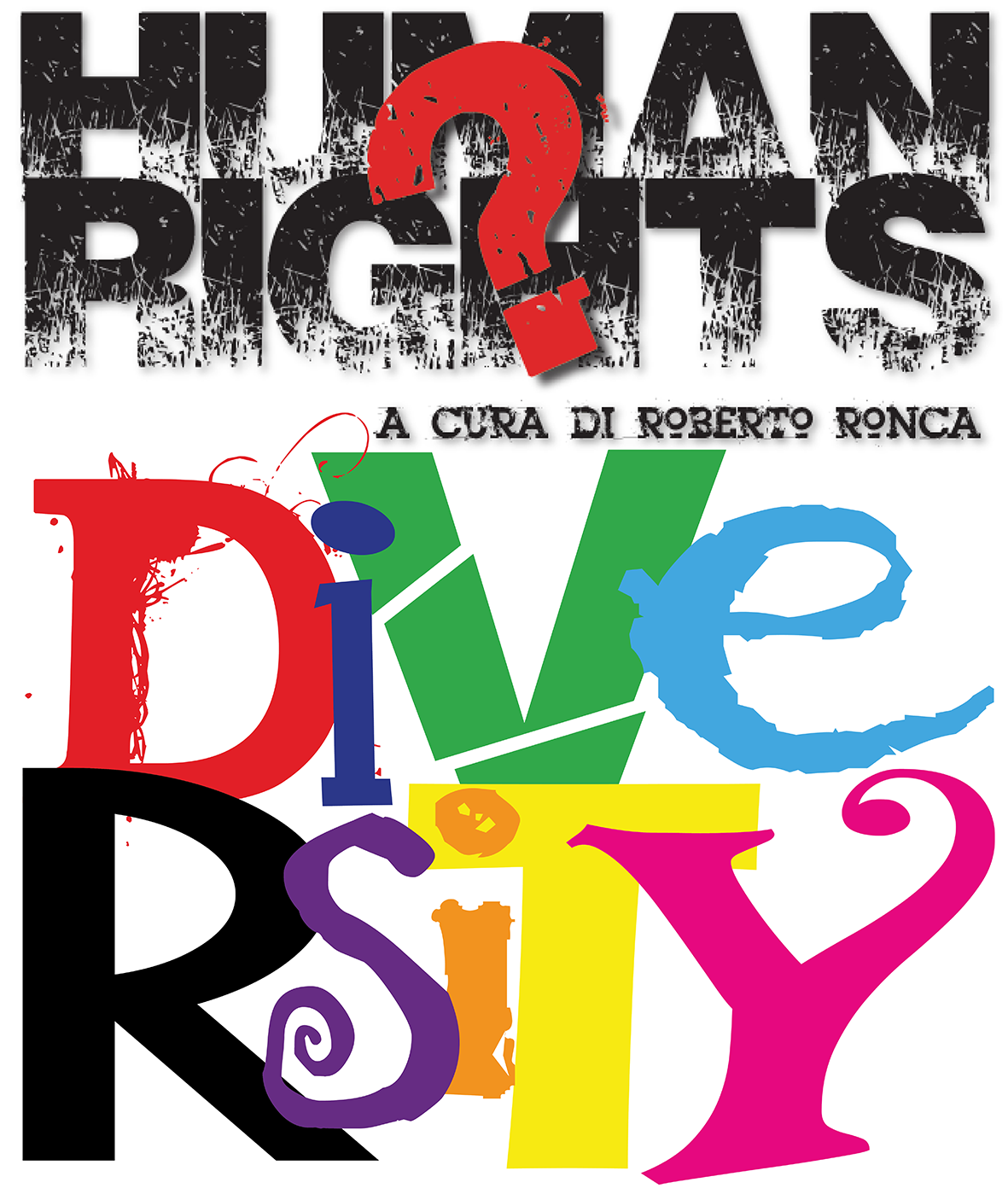

partnership
FONDAZIONE OPERA CAMPANA DEI CADUTI | ROVERETO | TRENTO | ITALY
21th, May 2016 | World Day for Cultural Diversity- UNESCO
21th, September 2016 | International Day of Peace – ONU
THE ARTISTS
Alfredo Avagliano e Hanneke Naterop | Rossella Baldecchi | PG Baroldi e Gabriele Bisetto | Gabriele Bartoletti | Giancarlo Beltrame | Nicoletta Bertacchi | Fabrizio Berti | Bikkel | Linda Blokken | Bluer | Giancarlo Bonacina | Gina Bonasera | Lidia Borella | Claudine Boucq | Bernard Bouton | Brizzo | Clelia Caliari | Massimo Cappellani | Domenico Carella | CaSo Ø – Sabrina Viola, Beatrice Del Conte, Ilenia Solombrino, Annalisa Mazziotti, Eleonora Marocco | Pablo Caviedes | Venere Chillemi | Teresa Condito | Laura Correggioli | Maria Rosaria Cozza | Franco Crocco | Mercedes Cuman | Luca Dalmazio | Margarita De Andreis | Dario de Cristofaro | Giuseppe De Michele | T.A.M. Cagliari – Domenico Di Caterino e Barbara Ardau | Rino Di Terlizzi | Brigitte Dietz | Tonia Erbino | Fabrizio Fabbroni | Giacomo Falcinelli | Cristina Fornarelli | Veronica Francione | Antonio Fumagalli | Michael Gaddini | Svetoslava Georgieva | Fabrizio Giusti | Olga Glumcher | Isabella Guidi | Anna Gunnlaugsdottir | Lydia Hoffnungsthal | Tomasz Holuj | Theo Hues | Alberto Lanzaretti | Annalisa Lenzi | Ugo Levita | Adele Lo Feudo | Lughia | Gabriella Maldifassi | Rudra Kishore Mandal | Martine Marques | Moreno Marzaroli | Roberta Masciarelli | Giovanni Mazzi | Claudia Mazzitelli | Mazzocca R Pony | Melò | Memo_Art – Marianna Merler e Christian Molin | Elizabete Mengele | Aranka Mezősi | Daniel Mirchev | Martha Mosquera | Maurizio Muscettola | Silvio Natali | Patrizia Nicolini | Maria Oikonomou | Giulio Orioli | Uli Osterman | Mariamarta Pacheco | Alessandra Palomba | Rosella Passeri | Federica Petri | Sylvia Petsoura | Luca Piccini | Sashia Piccolo | Yajaira M Pirela M | Germana Ponti | Veronique Pozzi | Punto Critico | Eliana Re | Giuditta Rustica | Mariapia Saccone | Seham Salem | Luigi Sardella | Giuseppe Sassone | Don Seastrum | Astrid Serughetti | Isabel Sevillano | Maela Silvestrin | Antonella Soria | Gemma Spada | Sigurborg Stefansdottir | Daniela Tabarin | Nicolas Tarantino | Testadilegno | Paola Toffolon | Gemma Van Gennip | Imma Visconte Petr Vlach | Massimo Volponi | Tadas Vosylius | Elaine Weiner-Reed | Madeleine Wories | Stefano Zaghetto | Cristina Zanella | Lab. Terra Aperta Verona – Iaia Zanella, Giuliana Magalini, Chiara Ferrari con Alimameh Touray, Luke Emmanuel, Lamin K. Ceesay, Abubakari Gyinadu, Aziegbe Frank, Whyte Osameikhian Ebediale-Ogi, Jonathan N’Sarma, Simon Fred, Lasila Happiness, Momoudou Konte, Aboubacar Lamissoko, Olorunnisola Olani, Abdoulaye Niky, Abdoulaye Diop
OLANDA ITALIA CURAÇAO BELGIO FRANCIA ECUADOR USA COLOMBIA GERMANIA COSTA RICA UKRAINA ISLANDA SPAGNA POLONIA SVEZIA INDIA BRASILE LETTONIA UNGHERIA BULGARIA GRECIA CANADA VENEZUELA AUSTRIA EGITTO LITUANIA REPUBBLICA CECA NIGERIA SENEGAL GAMBIA GHANA TOGO MALI
HUMAN RIGHTS? #DIVERSITY | 2016 EDITION
HUMAN RIGHTS? #DIVERSITY wants to talk about diversity in all senses. We want to extend the concept and mention of any kind of diversity.
Not only cultural diversity but diversity in general as a factor for growth, openness and emotional ability to listen to the otherness, of awareness that we are ‘different’ than someone else.
Diversity is wealth, is improvement of DNA, metaphorically and physically; sometimes is the result of personal choices, sometimes it is simply a matter of membership. The diversity of the other people is something we can often understand even just listening, even when the difference is not noticeable to the eye.
Respect for diversity, in all ways, is an essential right of men and women, boys and girls around the world.
Diversity is a right, respect is a ought.
In HUMAN RIGHTS? #DIVERSITY Artists speaks about the value of diversity but also about the violation of the respect for diversity, using the language of the art talking to everyone, overcoming all barriers.
The UNESCO declared May 21th as The World Day for Cultural Diversity for Dialogue and Development.
The Preamble to the Constitution of UNESCO affirms “that the wide diffusion of culture, and the education of humanity for justice and liberty and peace are indispensable to the dignity of man and constitute a sacred duty which all the nations must fulfil in a spirit of mutual assistance and concern”.
The respect for the diversity of cultures, tolerance, dialogue and cooperation, in a climate of mutual trust and understanding are among the best guarantees of international peace and security.
UNESCO, in the United Nations system, ensure the preservation and promotion of the fruitful diversity of cultures.
This commitment has been strengthened over the years, and was further materialized with the adoption, in 2001, of the UNESCO Universal Declaration on Cultural Diversity, by which the international community has reaffirmed its agreement that the respect for cultural diversity and dialogue represent the best guarantee for development and for peace.
The UNESCO Universal Declaration on Cultural Diversity specifies that:
Article 1 – Cultural diversity: the common heritage of humanity Culture takes diverse forms across time and
space. This diversity is embodied in the uniqueness and plurality of the identities of the groups and societies
making up humankind. As a source of exchange, innovation and creativity, cultural diversity is as necessary for
humankind as biodiversity is for nature. In this sense, it is the common heritage of humanity and should be
recognized and affirmed for the benefit of present and future generations.
HUMAN RIGHTS?
On 10th December 1948 , the Universal Declaration of Human Rights was proclaimed: for the first time in the
history of humanity, a document concerning all the people of the world was drawn up.
Everyone of us, only due to the fact that he was born, enjoys the rights endorsed by the Declaration.
Everyone of us, regardless of the place where he was born and where he lives, enjoys these rights.
Everyone of us has civil, political, social, economical and cultural rights. Everyone of us is equal to the others.
Is it always so?
In HUMAN RIGHTS? artists speak about human rights. The title, simple and direct, without roundabout expressions, expresses the main idea which must go with everybody’s life.
In this event, uncomfortable, complex and denunciation subjects are dealt with, in order to sting the conscience of all those who, enjoying their own rights, don’t think about all people whose rights are violated every day.
The logic of HUMAN RIGHTS? is based on the fundamental concept of art as a universal expressive form, understandable by everybody regardless of his language and culture, regardless of his gender, of the subject and of the languages used.
Languages vary depending on the artists’ experience and mastery, and they create new relationships with the audience, who approaches art feeling immediately involved and directly concerned. Discomfort images, violated rights images, images about everyday stories which should not exist, but even images which are able to deal with a delicate and difficult subject with wisdom and, why not, irony.
The exhibition will highlight different ways to see the matter, since the event is open to artists from all over the world. It becomes so particularly interesting to discover in which way the perception of the concept of “respect of the rights” is experienced and expressed.
The event aims to shake consciences: it deeply wants to avoid common places brought by word abuse: to speak about human rights has become so common that the words “human rights violation” are deprived of all meaning and by now they touch us only at a distance when we hear them, without getting them into our heads.
The most immediate way to retrieve that conscience, essential to be really part of a system which respects everybody’s rights, is to see with one’s eyes all that artists have to say.
Images insert themselves in one’s memory in such an immediate and strong way that all those who visit it will leave it more conscious and emotionally involved.
To speak about human rights, according to artists, means to “pull out” many ideas which can’t find the space fit for the purpose in other events.
HUMAN RIGHTS? wants to be a strong signal to all the artists and to all those who will visit it.
ORGANIZATION
ART DIRECTOR | Roberto Ronca
PROJECT | AIAPI
IDEA | Roberto Ronca e Debora Salardi
COMUNICATION | Debora Salardi
PUBBLIC RELATIONS | Susanna Viale, Piergiorgio Baroldi, Debora Salardi
LOCATION | Fondazione Opera Campana dei Caduti – Rovereto | Trento | Italy
PRESS OFFICE AIAPI | Spazio-Tempo Arte | Art&Forte
PARTNER RELATIONS | Debora Salardi
AMMINISTRATION | Studio Baroldi | Venezia
WEBDESIGN | Spazio-Tempo Arte
LEGAL ASSISSTANCE | Maria Antonietta Maggi
SPAZIO-TEMPO ARTE FACEBOOK MANAGER | AIAPI FACEBOOK MANAGER | Alfredo Avagliano
DATE
21th, May 2016 | World Day for Cultural Diversity- UNESCO
21th, September 2016 | International Day of Peace – ONU
WEB
www.aiapi.it
www.spaziotempoarte.com
www.humanrightsart.com

